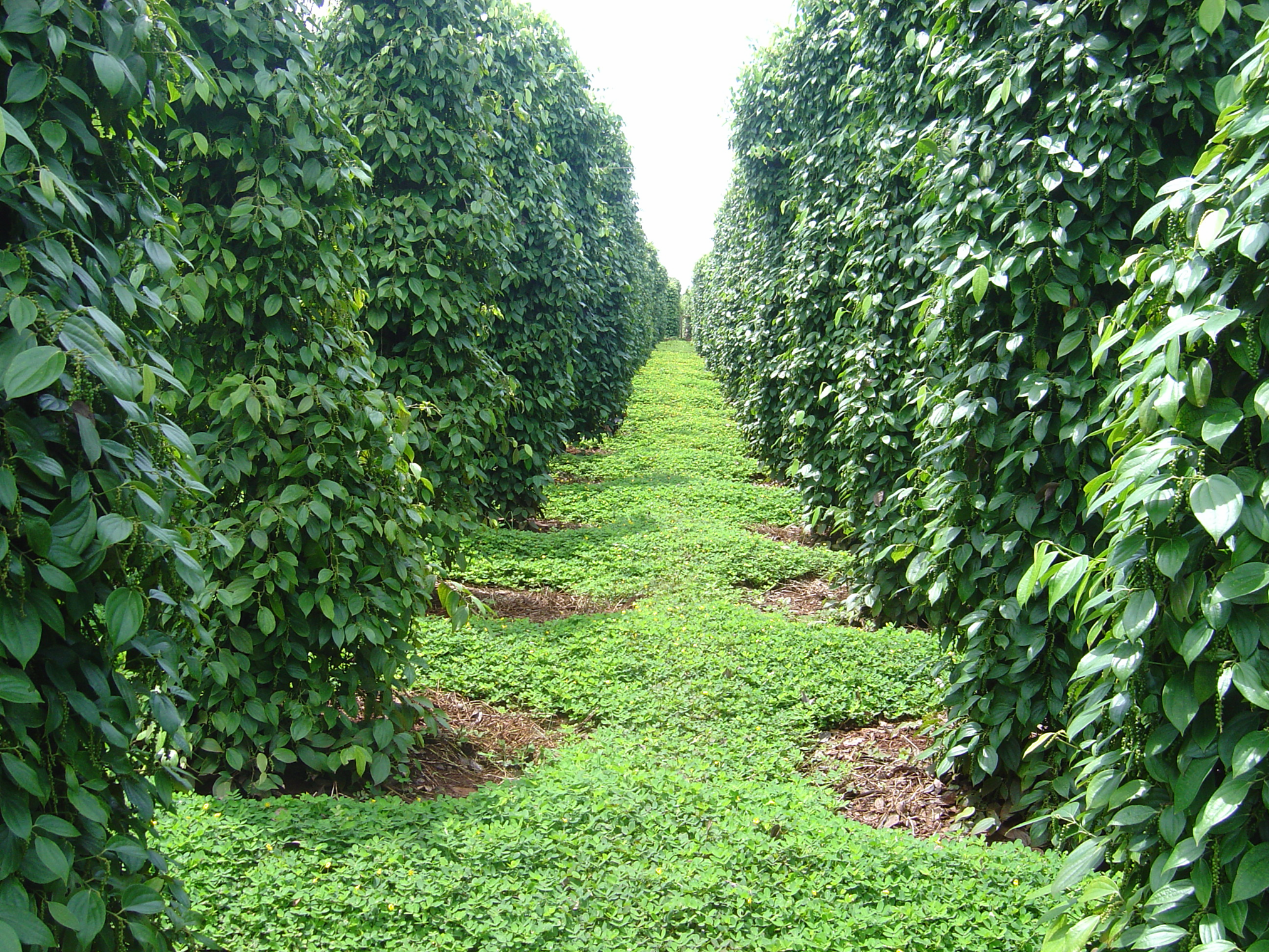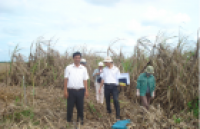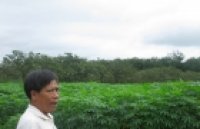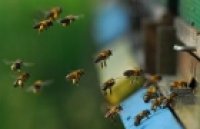| Recent Advances in the Analysis of Cold Tolerance in Maize |
|
Maize (Zea mays L.) is an annual grass that originated in tropical and subtropical regions of the New World. Maize is highly sensitive to cold stress during seed gemination and the seedling phase, which can lead to reductions in plant vigor and grain production. There are large differences in the morphological and physiological changes caused by cold stress among maize varieties. In general, cold tolerant varieties have a stronger ability to maintain such changes in traits related to seed germination, root phenotypes, and shoot photosynthesis |
|
Xuemei Zhou, Imran Muhammad, Hai Lan, Chao Xia Front Plant Sci.; 2022 Apr 12;13:866034. doi: 10.3389/fpls.2022.866034. AbstractMaize (Zea mays L.) is an annual grass that originated in tropical and subtropical regions of the New World. Maize is highly sensitive to cold stress during seed gemination and the seedling phase, which can lead to reductions in plant vigor and grain production. There are large differences in the morphological and physiological changes caused by cold stress among maize varieties. In general, cold tolerant varieties have a stronger ability to maintain such changes in traits related to seed germination, root phenotypes, and shoot photosynthesis. These morphological and physiological characteristics have been widely used to evaluate the cold tolerance of maize varieties in genetic analyses. In recent years, considerable progress has been made in elucidating the mechanisms of maize in response to cold tolerance. Several QTL, GWAS, and transcriptomic analyses have been conducted on various maize genotypes and populations that show large variations in cold tolerance, resulting in the discovery of hundreds of candidate cold regulation genes. Nevertheless, only a few candidate genes have been functionally characterized. In the present review, we summarize recent progress in molecular, physiological, genetic, and genomic analyses of cold tolerance in maize. We address the advantages of joint analyses that combine multiple genetic and genomic approaches to improve the accuracy of identifying cold regulated genes that can be further used in molecular breeding. We also discuss the involvement of long-distance signaling in plant cold tolerance. These novel insights will provide a better mechanistic understanding of cold tolerance in maize.
See https://pubmed.ncbi.nlm.nih.gov/35498657/
Schematic diagram of the cold-responsive molecular networks in Arabidopsis (A) and maize (B). The eight green dashed arrows that point to (A) from (B) indicate that the maize genes were functionally verified in transgenic Arabidopsis plants. The orange dashed arrows in (B) indicate that the maize genes were functionally studied in tobacco. The blue dashed arrow in (B) indicates that the Arabidopsis gene AtICE1 was transformed into forage maize. The colored ellipses represent molecular elements that belong to the ICE-CBF-COR pathway. Small dots represent osmotic substances. Brackets encompass genes with the same induction level. Straight and dashed arrows represent positive regulation, whereas lines ending with a bar represent negative regulation. At, Arabidopsis thaliana L.; Zm, Zea mays L.; Zmm, Zea mays ssp. mexicana L.; Nt: Nicotiana tabacum L.; CAMTA, Calmodulin-binding transcription activator; ZAT, Zinc-finger transcription factor; HSFC, Heat shock transcription factor C; JAZ, Jasmonate ZIM-domain; DREB, Dehydration responsive element binding factor; LTI, Low temperature induced; KIN, Cold inducible; MPK, Mitogen-activated protein kinase; SEC14P, Sec14-like protein; RR, Response regulator; DBP, Dehydration responsive element binding protein; CesA, Cellulose synthase; MKK, Mitogen-activated protein kinase kinase; ERD, Early response to dehydration; JA, Jasmonic acid; ABA, abscisic acid; SA, Salicylic acid; BL, Brassinolide. |
|
|
|
[ Tin tức liên quan ]___________________________________________________
|


 Curently online :
Curently online :
 Total visitors :
Total visitors :
(201).png)


